Freight organisations should adopt new vehicle technologies and processes to create a logistics system that benefits businesses, residents and the environment, says a new study.
The report, published by Cross River Partnership, has been delivered through the organisation’s Defra-funded Smarter Green Logistics programme, which aims to minimise the impact of freight on noise, air quality, traffic and pavement space across London.
It calls for a broad coalition of stakeholders, including local authorities, businesses, logistics operators, transport authorities , technology developers and industry bodies to collaborate on four key priorities:
“The London Freight Flows Study represents a critical step towards a more sustainable and efficient freight system for London,” says Isidora Rivera Vollmer, project manager at Cross River Partnership.
“Through collaboration with a wide range of stakeholders, we’ve developed a clear roadmap for addressing the challenges of carbon emissions, congestion, and road safety.
“We’re excited to see these recommendations come to life, knowing that their successful implementation will benefit businesses, residents, and the environment alike.”
London is a net importer of freight, with the majority entering the city via road or port. The CRP report says stakeholders should explore opportunities for more goods to be transported by rail or water.
Freight organisations should adopt new vehicle technologies and processes to create a logistics system that benefits businesses, residents and the environment, says a new study.
The report, published by Cross River Partnership, has been delivered through the organisation’s Defra-funded Smarter Green Logistics programme, which aims to minimise the impact of freight on noise, air quality, traffic and pavement space across London.
It calls for a broad coalition of stakeholders, including local authorities, businesses, logistics operators, transport authorities , technology developers and industry bodies to collaborate on four key priorities:
- Reducing carbon emissions from freight
- Managing freight’s contribution to congestion
- Supporting industry best practices
- Enabling clean and efficient fleet.
“The London Freight Flows Study represents a critical step towards a more sustainable and efficient freight system for London,” says Isidora Rivera Vollmer, project manager at Cross River Partnership.
“Through collaboration with a wide range of stakeholders, we’ve developed a clear roadmap for addressing the challenges of carbon emissions, congestion, and road safety.
“We’re excited to see these recommendations come to life, knowing that their successful implementation will benefit businesses, residents, and the environment alike.”
Reducing carbon emissions from freight
London is a net importer of freight, with the majority entering the city via road or port. The CRP report says stakeholders should explore opportunities for more goods to be transported by rail or water.
The River Thames is an under-utilised resource, says the organisation, and river freight has progressively become a topic of conversation across authorities who share access to the River Thames.
Although lack of awareness around the potential of the river and how to utilise river freight is still a challenge, there has been increasing recognition that using the river to move light traffic through London alleviates road traffic, improves air quality and offers a far more sustainable way to move goods around London.
This has been emphasised by several pilots that have taken place, showing how the river can help businesses to reduce their carbon footprint while also improving delivery times and reliability.
DHL, for example, began trialling river freight since 2018 and launched London’s first riverboat parcel delivery service two years later.
In the London Light Freight River Trial in 2023, CRP worked in collaboration with eight project partners to deliver the city’s first daily, multi-supplier river freight trial that incorporated return deliveries.
It found that using the river for freight resulted in a 78% saving in NOx and an 88% saving in CO2 in comparison to traditional road-based delivery methods.
Other initiatives should also support an accelerated transition of London’s van fleet to electric vehicles, and this includes working with boroughs to understand the on-street provision of charge points for vans, and how this relates to areas with higher intensity servicing activity.
The report also calls for action to reduce the need for vans to be driven. This includes working with boroughs to include planning conditions that require the provision of lockers at construction sites for storing tools, as well as to include planning conditions that require space for cargo bikes to be provided as part of new developments.
CRP has also overseen a light freight walking trial in the London Borough of Camden, together with UPS and Heal’s.
It marked the first time such a trial had taken place on public land, setting a precedent for future initiatives aimed at improving urban sustainability.
Based in Heal’s underground car park, the trial involved receiving parcels in the morning from an electric UPS delivery vehicle, and then a foot-porter making deliveries to businesses and residents in the local area using an electrically-assisted Fernhay eWalker trolley on pavements instead of roads.
Operating for approximately five to six hours per day, and dependent on the number of parcels scheduled to be delivered, on average the eWalker would be replenished twice a day with additional parcels during its delivery round.
Once all deliveries had taken place, the eWalker would return to the Heals underground car park to be stored and charged overnight.
Over the 10-month period, a total of 12,135 parcels were delivered with a 2km radius, equating to an average of 81 parcels.
In February 2024, an electric UPS van operating in the same postcode made an average 83 stops per day, delivering an average 201 parcles per day, operating over an 8-9 hour period.
In the same month, the eWalker made an average 47 stops per day, delivering an average 84 packages, operating over a 5-6 hour period.
The eWalker was able to carry out higher volumes of deliveries than if UPS had deployed a helper to work alongside a delivery driver, and it was also more efficient as it didn’t require time for parking or entering and exiting a vehicle as part of the delivery process.
Although a traditional vehicle can take larger, heavier items and can be helpful if there are a lot of packages going to one address, the eWalker can be quicker if there is a high level of dense deliveries in a small area.
This is because the user is not having to park the vehicle or take time entering and exiting the vehicle at different stops.
The eWalker is a fairly simple design so there have been no maintenance issues, and the running costs are also small compared to a traditional vehicle.
A key theme from UPS’s feedback was the importance of using the eWalker as a supplementary delivery tool rather than as a standalone operation.
The eWalker can target areas where traditional vehicular deliveries are more difficult, such as in pedestrianised or restricted access areas.
It is also more effective than a delivery vehicle in dense delivery areas, and on larger less accessible premises. This is because it does not have limitations in terms of parking or rely on the road network to provide direct access to the final delivery location.
Fiona Coull, senior programme manager at Cross River Partnership, said: “Walking freight has real potential to reduce congestion and improve air quality, particularly in central, high-density locations such as Fitzrovia.
“It’s really important to explore these innovative logistics solutions and share any learnings gained.”
Manage freight’s contribution to congestion
The study calls for the use of new technology to enable smarter use of the kerbside, potentially through the adoption of kerbside management, to manage freight’s contribution and exposure to congestion.
CRP has run a trial of two virtual loading bays (VLBs) along The Cut, Waterloo, and these are dedicated spaces at the kerbside that can be pre-booked by participating operators to load and unload goods using the Grid Kerb booking platform.
By controlling when freight vehicles visit the street, the project aims to make deliveries more efficient and sustainable, as well as improving congestions and air quality in the local area.
The trial runs until the end of March, with findings due to be released soon after that.
The study also calls for freight operators to reduce “empty running” by making better use of the existing capacity of vehicles to reduce the number of trips they have to make.
As part of the SGL, CRP is also delivering the Waterloo Freight Hub, which will use a previously underutilised space in Waterloo Station’s undercroft.
A micro logistics hub is a small site that couriers use for their day-to-day deliveries to receive, sort and then send deliveries to their final destinations by cargo bikes or walking porters.
By enabling consolidation of deliveries, micro logistics hubs can reduce the number of polluting vehicle trips and congestion, thereby improving local air quality.
The proposed micro logistics hub will optimise last-mile deliveries through innovative consolidation practices and the promotion of zero-emission transport modes such as e-cargo bikes.
Building on previous successful CRP micro logistics hub trials in Pimlico and Wandsworth, CRP will work with Westminster City Council, local businesses, couriers and community stakeholders to ensure the hub’s long-term viability and operational success.
“The new hub will play a vital role in supporting more efficient low-emission deliveries across the city helping to reduce pollution, create new green jobs and support local businesses, contributing to a fairer and more sustainable Westminster,” says Ryan Jude, cabinet member for climate, ecology and culture at Westminster City Council.
Support industry best practice
Action the report identifies includes for CRP to support the creation and development of a London-wide or Central London-focused group to support action to improve the impact of construction logistics activity.
It also calls for support to be provided for the development of emissions and safety standards for LGVs by sole traders and SMEs beyond the legal minimum, as well as to further investigate the presence of high volumes of HGVs and LGVs on less appropriate routes, cross-checking this with provision of infrastructure for vulnerable road users.
Enable clean and efficient freight
This includes CRP developing a guid for local authorities to support them in securing more land for logistics/distribution to enable efficient freight operations.
New technologies such as AI for route optimisation could be introduced by operators, while CRP – together with Transport for London (TfL) and the boroughs – could develop “freight awareness” training to support better planning for freight.
“Moving forward, CRP will continue to champion the identified actions, ensuring that they are ambitious, and that progress is made quickly,” says the report.
“Success in implementing these actions relies on a collaborative approach. To avoid working in silos, all relevant stakeholders – whether they are local authorities, businesses, transport providers or technology developers – must collaborate and actively engage in the process.
“By working together, stakeholders can share resources, align objectives and track progress more effectively.
“CRP will play a critical role in ensuring that actions are coordinated, timelines are met and that lessons are shared across the network to ensure long-term success."
Login to continue reading.
This article is premium content. To view, please register for free or sign in to read it.



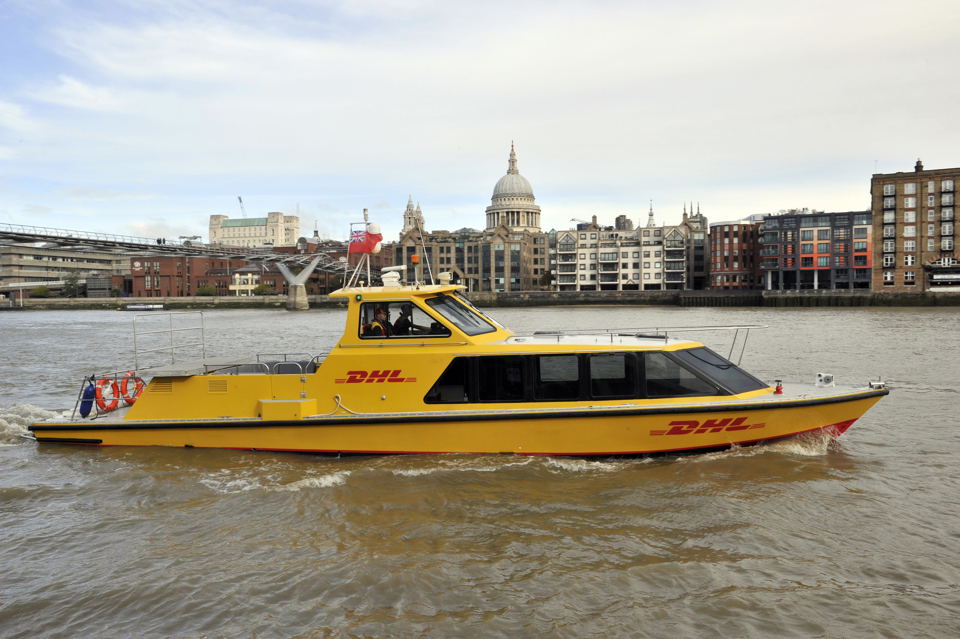
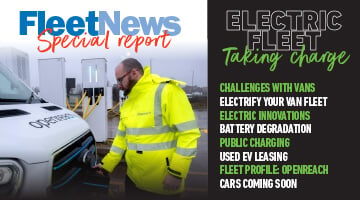




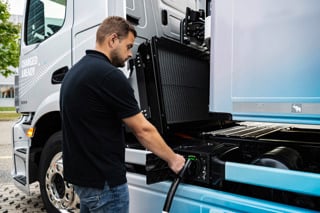

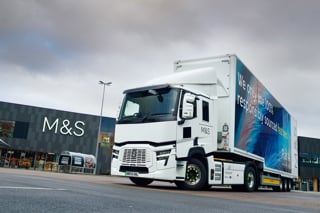
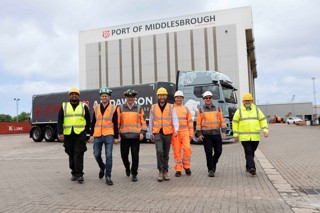







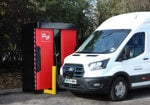



Login to comment
Comments
No comments have been made yet.